At National Museums Scotland we care for many objects that testify to Scotland’s connections to a wider world and we bring their stories to life: from the first settlers who walked across the North Sea basin as the last Ice Age glaciers receded over 10,000 years ago; to the intrepid explorers, pioneering scientists and inventors of the last few centuries.
International connections have always influenced Scotland. Having traded with and fought against the global super-power of the Roman Empire, people in Early Medieval Scotland (AD 300-1000) assimilated new ideas and chose new beliefs with the arrival of Christianity. They also absorbed the impact of Viking attacks and settlement from Scandinavia in the 9th and 10th centuries, during this crucial period when the foundations were being laid for many modern European nations.
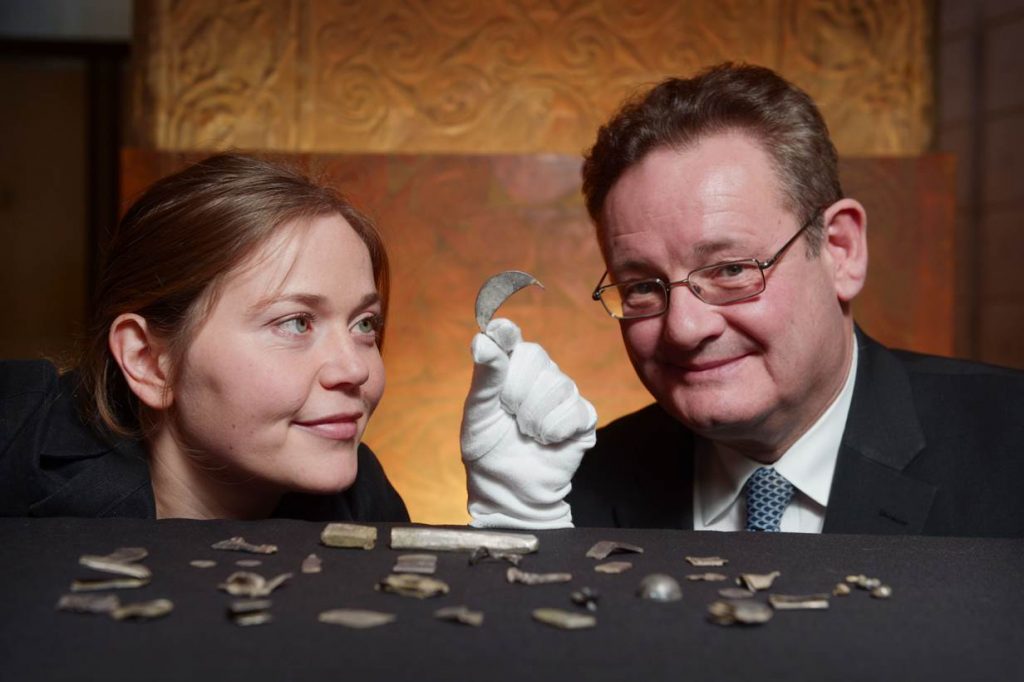
In 2008, National Museums Scotland and The Glenmorangie Company launched an exciting new research program exploring this important period of Scotland’s past. The innovative cultural and commercial partnership was born from the stunning Hilton of Cadboll stone, a masterpiece of eighth-century Early Medieval sculpture discovered near the Glenmorangie distillery in Tain, Easter Ross. The stone’s elaborate artwork features a complex geometric composition of interlocking spirals, founded in a prehistoric artistic heritage that was already 1,000 years old when the stone was carved. Today we would call this Celtic art. Over 1,000 years later, the design was reborn as a global icon when it became the inspiration for the Signet brand emblem which now adorns every bottle of Glenmorangie whisky.
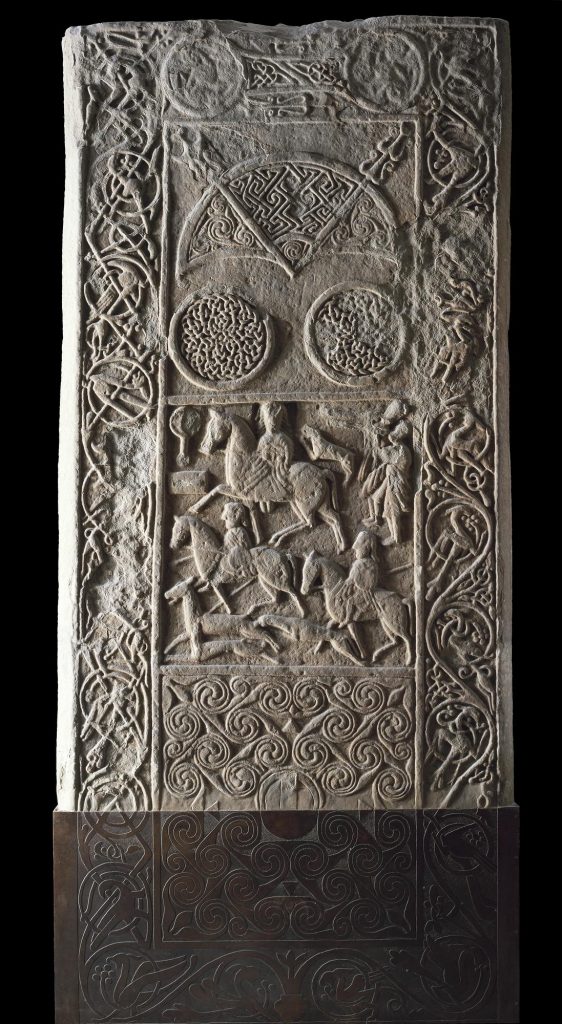
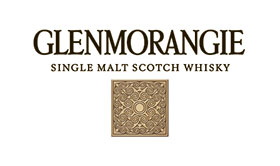
Since its inception, the Glenmorangie Research Project has had a broad scope. We’ve rediscovered lost treasures and uncovered fakes and forgeries hidden in plain sight for over 150 years. We’ve found hidden meanings in sumptuously decorated metalwork and sculpture, brought new insights into craft processes and helped recreate lost works of art. This scope allows us to regularly connect with new and broader audiences, especially through hosting an annual lecture series whose highlights have included the UK’s Turner Prize-winning contemporary artist Cornelia Parker.
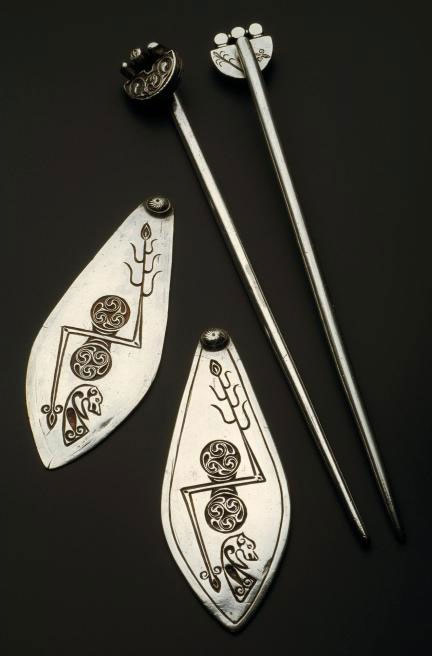
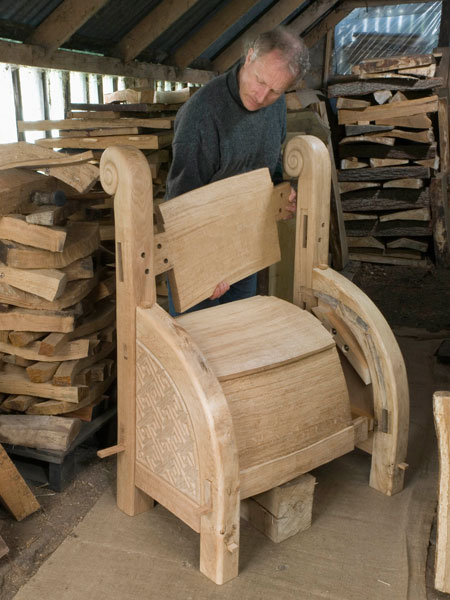
The focus of the Glenmorangie Research Project now shifts to the crucial transitional period AD800-1200 when the foundations were laid for the medieval kingdom of Scotland. The excitement of this period is best demonstrated by a stunning new acquisition for the collection of National Museums Scotland: the Galloway Hoard. Buried around AD900 and composed of over 100 objects, including the largest and most varied collection of Viking Age gold in Britain and Ireland, it also contains an unparalleled range of materials from precious jewels to rarely surviving textiles wrapping objects from Ireland, England, continental Europe and perhaps further afield.
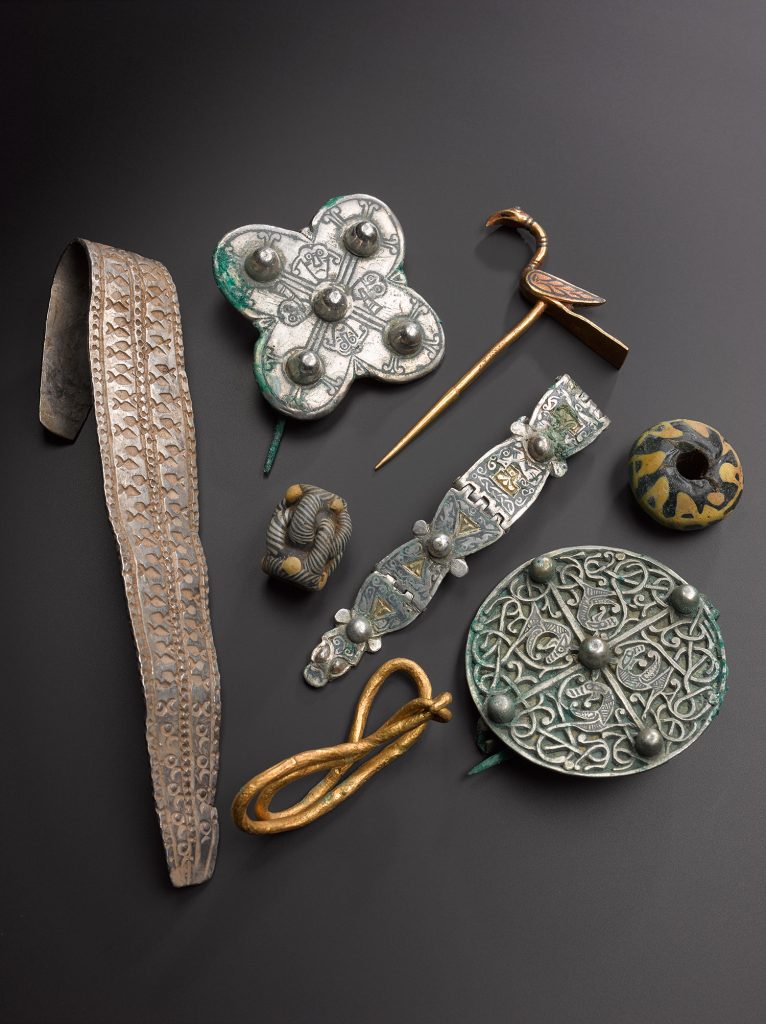
Support from the Kansas-based K.T. Wiedemann Foundation will allow us to explore one of these objects in great detail – a carved rock crystal, draped in lavish gold embellishments and wrapped in a triple-lined silk pouch. This is Scotland’s earliest example of silk and, along with the rock-crystal, is likely to originate in the Islamic world thousands of miles to the east.
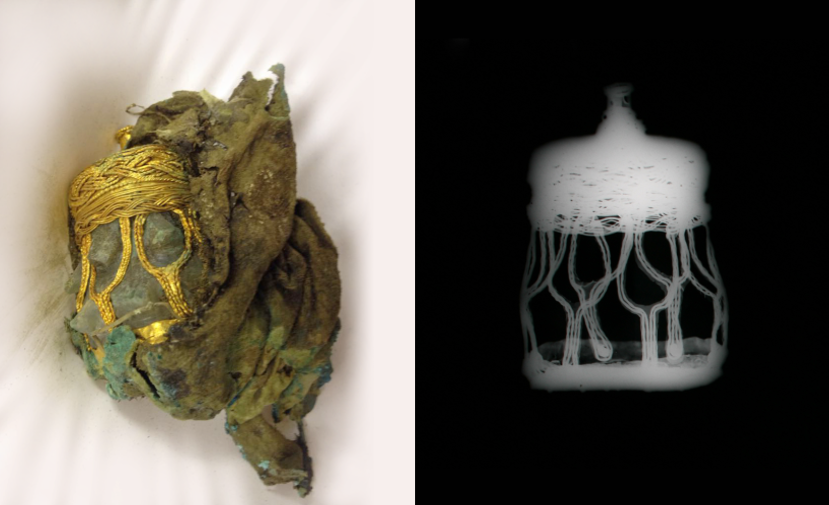
Our future research will focus on the global networks that brought this material to Scotland and highlight another example of Scotland’s connections to the wider world. This work will be highlighted at a special event in collaboration with Global Scot in New York on 14 June 2018.
